Longevity Training: Your Ultimate Guide to a Longer, Healthier Life
What if you could not only add more years to your life but more life to your years? This is the central promise of longevity, a field of science and health dedicated to understanding and slowing the aging process. It’s about more than just reaching a triple-digit birthday; it’s about maintaining your vitality, cognitive function, and physical strength for as long as possible. The goal is to extend your healthspan, the period of your life spent in good health, free from chronic disease and disability.
This proactive approach to aging is the essence of a comprehensive strategy that combines science-backed practices to optimize your body at a cellular level. It moves beyond reactive healthcare, which often waits for symptoms to appear, and instead focuses on building a resilient foundation for a long and vibrant future. The exciting part is that many of the most powerful tools for enhancing longevity are accessible to everyone, right now.
At its core, this is what Longevity training is all about. It’s a personalized and holistic system that integrates targeted exercise, precision nutrition, restorative sleep, and stress management techniques. By making conscious choices today, you are actively investing in the quality of your tomorrow, rewriting the script of what it means to grow older.

What Exactly is Longevity Training?
Longevity training is not a single workout or a magic pill. Think of it as a complete lifestyle operating system designed to enhance your biological resilience and slow down the aging clock. It’s a multifaceted discipline that draws from exercise physiology, nutritional science, and cellular biology to create a personalized roadmap for healthy aging. This approach recognizes that every aspect of your daily life contributes to your long-term wellness.
The training goes far beyond what you might do in a typical gym session. While physical fitness is a critical component, true longevity training also emphasizes what you eat, how you sleep, and how you manage stress. It’s about understanding the interplay between these elements and how they collectively impact your body’s ability to repair itself, fight off disease, and maintain optimal function over decades.
The ultimate objective is to close the gap between lifespan and healthspan. We all know people who have lived a long time but spent their final years with significant health issues. Longevity training aims to change that narrative, empowering you to remain active, engaged, and independent throughout your entire life. It’s a commitment to vitality.
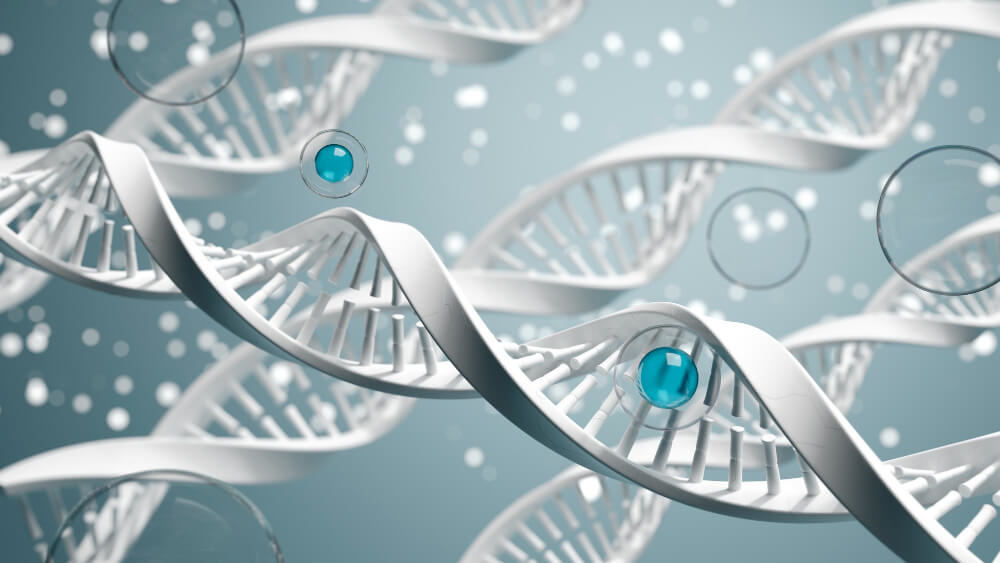
Why Has Longevity Become Such a Hot Topic?
In recent years, the conversation around aging has shifted dramatically. What was once seen as an inevitable decline is now viewed as a malleable process that we can influence. Several factors are driving this change. Scientific breakthroughs have given us unprecedented insight into the biological mechanisms of aging, from the role of our genes to the health of our mitochondria.
This new understanding has demystified many aspects of growing older, revealing that lifestyle and environmental factors play a massive role, perhaps even more than our genetic inheritance. We now know that chronic conditions like heart disease, type 2 diabetes, and certain cancers, which were once considered standard parts of aging, are largely preventable through sustained lifestyle interventions. This knowledge is incredibly empowering.
Furthermore, there is a growing cultural desire for a higher quality of life. People are no longer content to simply live longer; they want to thrive. This wellness-oriented mindset, combined with access to more information than ever before, has fueled a global interest in proactive health strategies. Longevity training sits at the intersection of this scientific progress and cultural shift, offering a structured path for those who want to take control of their health destiny.

How Does Exercise Influence Our Cellular Age?
Exercise is perhaps the most powerful longevity tool we have, with profound effects that reach deep into our cells. When you engage in physical activity, you are not just burning calories or building muscle; you are sending signals to your body to initiate repair and rejuvenation processes. This has a direct impact on the hallmarks of aging at a molecular level.
One of the most studied areas is the effect of exercise on telomeres. Telomeres are protective caps at the ends of our chromosomes, much like the plastic tips on shoelaces. They shorten each time a cell divides, and this shortening is closely linked to aging. Research has shown that consistent exercise can help preserve telomere length, effectively protecting your DNA from age-related damage. In fact, some studies have found certain types of exercise have anti-aging effects at the cellular level by stimulating enzymes that can even lengthen telomeres.
Beyond telomeres, exercise boosts mitochondrial health. Mitochondria are the powerhouses of our cells, responsible for generating energy. As we age, their function can decline, leading to fatigue and a decrease in cellular vitality. Exercise, particularly aerobic activity, stimulates a process called mitochondrial biogenesis, which is the creation of new, healthy mitochondria, ensuring your cells have the energy they need to function optimally for years to come.

What Types of Exercise are Best for Longevity?
A well-rounded longevity exercise plan doesn’t focus on just one type of activity. Instead, it incorporates a strategic blend of four key modalities: aerobic fitness, strength training, stability, and flexibility. Each one provides unique benefits that complement the others.
Aerobic exercise, or cardio, is crucial for heart and lung health. Activities like brisk walking, running, swimming, and cycling improve your body’s ability to use oxygen, lower blood pressure, and enhance blood flow to the brain. For specific recommendations, experts often point to the official Physical Activity Guidelines which provide a solid foundation for weekly activity.
Strength training is non-negotiable for combating age-related muscle loss, a condition known as sarcopenia. Lifting weights, using resistance bands, or doing bodyweight exercises helps maintain muscle mass and bone density, which is vital for preventing falls and fractures. It also improves metabolic health by increasing your body’s sensitivity to insulin. Knowing how much exercise do you need is a common question, and most guidelines suggest strength training major muscle groups at least twice a week.
Finally, stability and flexibility work, through practices like yoga, Pilates, or targeted stretching, are essential for maintaining range of motion, balance, and coordination. These activities help prevent injuries, reduce chronic pain, and support your ability to move freely and confidently as you age. A truly effective plan balances all these elements to build a body that is resilient, strong, and capable.

What Role Does Nutrition Play in a Long Life?
If exercise is the engine of longevity, then nutrition is the high-quality fuel that keeps it running smoothly. The food you eat provides the building blocks for every cell in your body and can either promote inflammation and disease or foster resilience and repair. A longevity-focused diet is less about restrictive rules and more about a consistent pattern of nutrient-dense, whole-food consumption.
The emphasis is on foods that fight chronic inflammation, a key driver of nearly every age-related disease. This means a diet rich in colorful fruits and vegetables, which are packed with antioxidants and phytonutrients. Healthy fats from sources like avocados, nuts, and olive oil are also crucial for brain health and reducing inflammation. High-quality protein is necessary for muscle repair and maintenance, while complex carbohydrates from whole grains and legumes provide sustained energy.
Recent research has highlighted just how powerful dietary changes can be. For instance, a major study published in a leading medical journal found that shifting from a typical Western diet to one rich in legumes, whole grains, and nuts could add up to a decade of life expectancy. The findings from The Lancet study on diet and life expectancy underscore the profound impact that sustained, positive dietary choices can have on our long-term health outcomes. It’s a clear demonstration that what’s on your plate is a primary lever for a longer, healthier life.

Can Sleep and Stress Management Really Extend Your Life?
In our fast-paced world, sleep and stress management are often the first things to be sacrificed. However, from a longevity perspective, they are just as important as diet and exercise. During deep sleep, your body undertakes a host of critical maintenance tasks that are essential for long-term health. The brain flushes out metabolic waste products, including amyloid-beta plaques associated with Alzheimer’s disease.
Your body also regulates key hormones during sleep. It releases human growth hormone, which is vital for cellular repair, and it processes the stress hormone cortisol. Consistently poor sleep disrupts these processes, leading to elevated cortisol levels, impaired immune function, and increased inflammation, all of which accelerate the aging process. Prioritizing seven to nine hours of quality sleep per night is a foundational longevity practice.
Similarly, chronic stress is a silent ager. When you are constantly stressed, your body is bathed in cortisol and adrenaline. This chronic fight-or-flight state damages blood vessels, raises blood pressure, and promotes the storage of visceral fat, the dangerous fat around your organs. Implementing stress-management techniques like meditation, deep breathing exercises, spending time in nature, or mindfulness can switch your nervous system from a sympathetic (stress) state to a parasympathetic (rest and digest) state, directly counteracting the negative effects of stress and promoting a healthier internal environment.

How Do We Measure Progress in Longevity?
To effectively manage something, you must be able to measure it. In longevity training, progress isn’t just about the number on a scale or how far you can run. It’s about assessing your health at a deeper, biological level. This is where tracking specific health markers becomes invaluable, providing a window into your internal age and how your lifestyle choices are impacting it.
Traditional metrics like blood pressure, cholesterol levels, and blood sugar are still important, but the field of longevity goes further. It looks at markers of inflammation like C-reactive protein (CRP), hormone levels, and nutrient deficiencies. These data points provide a much more nuanced picture of your overall health and can help identify potential issues long before they manifest as symptoms.
For those working with healthcare professionals, a comprehensive panel of key biomarkers for assessing patient longevity can guide the personalization of a training program. These tests can measure everything from your levels of omega-3 fatty acids to markers of oxidative stress. By tracking these biomarkers over time, you can see tangible evidence of how your efforts in diet, exercise, and lifestyle are slowing down your biological clock and truly enhancing your health from the inside out.
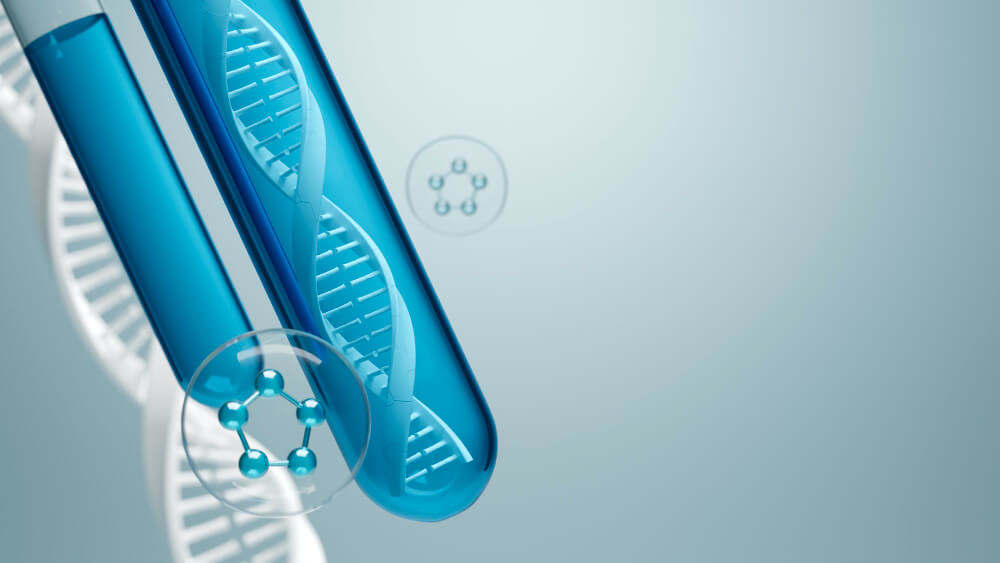
Is Professional Guidance Necessary for Longevity Training?
While many foundational longevity practices can be adopted on your own, partnering with a knowledgeable professional can dramatically accelerate your progress and improve your outcomes. The world of longevity science is complex and rapidly evolving. A trained expert can help you navigate the information, separate evidence-based strategies from fleeting trends, and create a plan that is truly personalized to your unique biology, goals, and lifestyle.
An expert can help you interpret complex data from biomarker testing, ensuring that your interventions are targeted and effective. They can design an exercise program that is safe, balances all the necessary components, and evolves with you as your fitness improves. This guidance is crucial for preventing injuries and ensuring you are getting the maximum benefit from your efforts.
Furthermore, the field is becoming increasingly specialized, with clinicians dedicating their careers to this area of medicine. For healthcare providers who want to lead in this space, there are now dedicated pathways for advanced education. Learning how to become a certified longevity doctor involves deep training in functional medicine, cellular health, and regenerative therapies. Working with a professional who has this level of expertise ensures you are receiving the most current and comprehensive care available, turning your longevity goals into a structured and achievable reality.
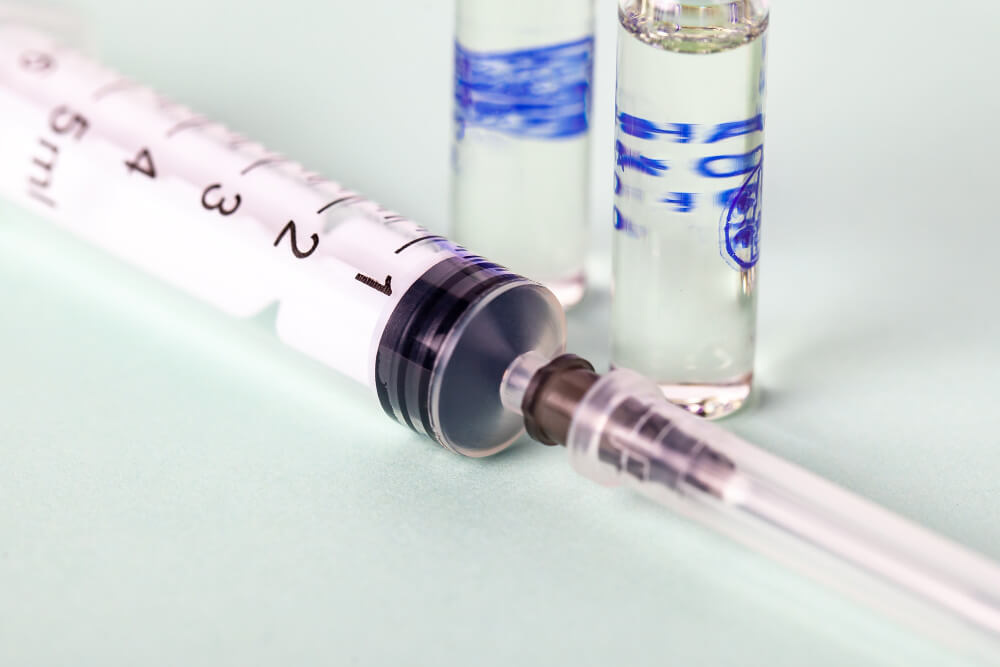
What Does the Future of Longevity Look Like?
The future of longevity is incredibly bright and promises to be even more personalized and precise. We are moving away from one-size-fits-all health advice and into an era of N-of-1 medicine, where interventions are tailored to an individual’s specific genetic makeup, microbiome, and lifestyle data. Wearable technology will continue to advance, providing real-time feedback on everything from sleep quality to blood glucose levels, allowing for immediate adjustments to our daily routines.
Emerging therapies are also on the horizon. Fields like regenerative medicine, which focuses on repairing or replacing damaged tissues and organs, hold immense promise. Senolytics, a class of drugs that selectively clear out senescent ‘zombie’ cells that contribute to aging, are currently in clinical trials. As our understanding of the genetic and epigenetic drivers of aging deepens, we may see interventions that can directly target these pathways.
However, the core principles of longevity training will likely remain the bedrock of healthy aging. No future technology will completely replace the profound benefits of consistent exercise, a nutrient-dense diet, restorative sleep, and a balanced mind. The future is about integrating these foundational practices with cutting-edge technology and personalized medicine to create a truly holistic and powerful approach to extending human healthspan. It’s an exciting time to be focused on living a long, healthy, and fulfilling life.
Longevity training is not about a futuristic quest for immortality. It is a practical, empowering, and science-backed approach to taking control of your health today to ensure a better tomorrow. It redefines aging as a journey of sustained vitality rather than inevitable decline.
By integrating the pillars of targeted exercise, precision nutrition, restorative sleep, and mindful stress management, you are not just adding years to your life. You are actively investing in the quality of those years, building a future where you can remain strong, sharp, and engaged with the world around you. The power to shape your healthspan is largely in your hands, and the journey can begin at any age.
Frequently Asked Questions
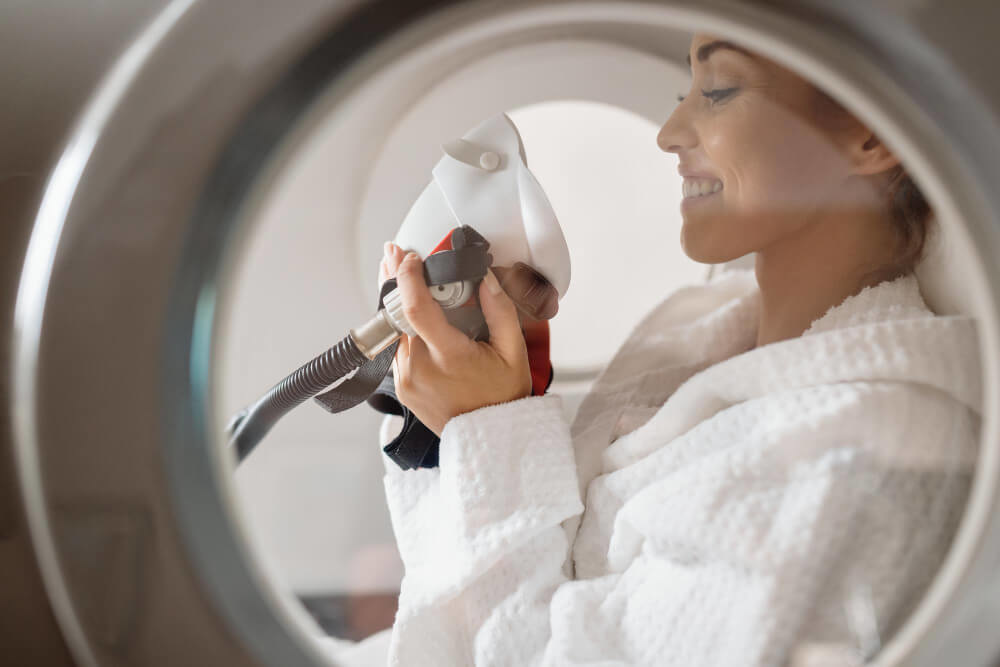
How do I know if I am a good candidate for hormone optimization therapy?
Determining if you are a suitable candidate begins with recognizing persistent symptoms that disrupt your quality of life, such as chronic fatigue, unexplained weight gain, mood swings, or a diminished libido. These issues are often dismissed as normal signs of aging but can indicate an underlying hormonal imbalance. The critical first step is a comprehensive consultation with a healthcare provider who specializes in hormone health, which will involve a detailed review of your symptoms and medical history.
Following the initial consultation, candidacy is confirmed through comprehensive lab testing that goes beyond standard blood work to analyze a full panel of hormones, including testosterone, estrogen, and thyroid levels. A good candidate is someone whose subjective symptoms are clearly correlated with objective, clinical data from these lab results. This evidence-based approach ensures that a hormone optimization protocol is both a safe and appropriate treatment for your specific condition.
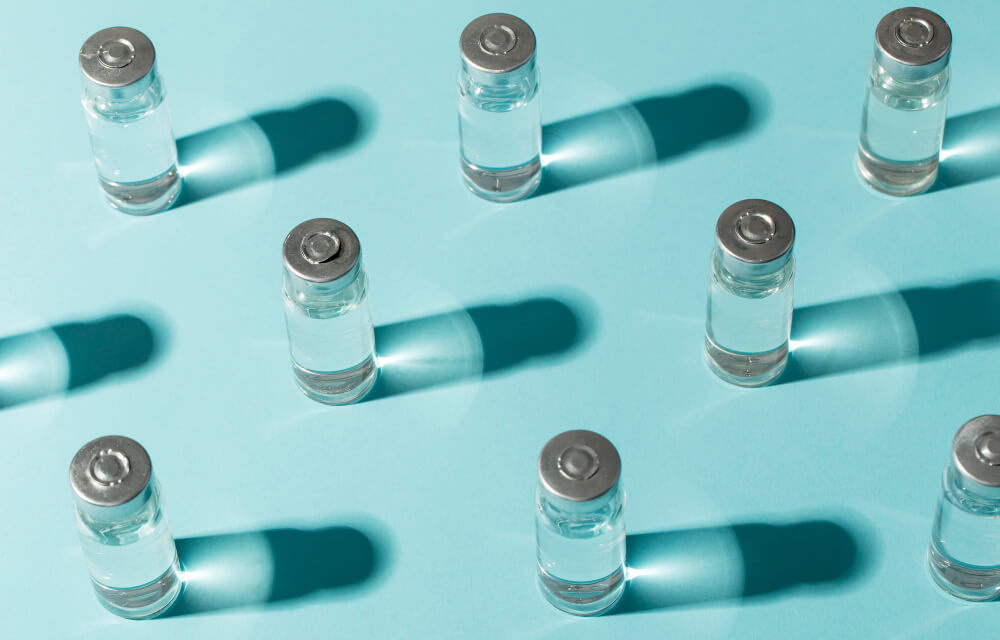
What are the main differences between popular delivery methods like pellets, creams, and injections?
The primary differences between hormone delivery methods lie in their dosing schedule, convenience, and how they release hormones into the body. Hormone pellets, for instance, are inserted under the skin and provide a steady, consistent release of hormones over three to six months, making them a low-maintenance option. In contrast, topical creams or gels must be applied daily, offering more flexibility for dosage adjustments but requiring a consistent daily routine.
Injections are typically administered on a weekly or bi-weekly basis and deliver a more potent dose, which can lead to more pronounced peaks and troughs in hormone levels between treatments. The best method for you depends on your specific hormonal needs, lifestyle preferences, and a collaborative decision with your healthcare provider. Each option has distinct benefits, and your protocol will be tailored to ensure the most stable and effective results for your body.

How long does it take to feel the effects of hormone therapy, and is it a lifelong commitment?
While every patient’s experience is unique, many individuals begin to notice initial improvements within the first few weeks of starting a hormone optimization protocol. These early benefits often include better sleep quality, improved mood stability, and increased mental clarity. More significant physiological changes, such as increased muscle mass, fat loss, and enhanced libido, typically become more apparent after three to six months of consistent treatment.
For most patients, hormone optimization is a long-term wellness strategy rather than a short-term fix, as the underlying hormonal deficiencies are often a chronic condition. The goal is to restore and maintain optimal levels, which requires ongoing care and periodic adjustments to your protocol based on follow-up lab work and evolving symptoms. This long-term partnership with your provider ensures your treatment remains effective, safe, and aligned with your health goals over time.
Discover the most comprehensive functional medicine training, longevity training, and biohacking certification programs designed specifically for healthcare professionals, medics, and clinic owners who want to master regenerative medicine protocols and anti-aging therapies. At Talking Longevity, we deliver cutting-edge education in cellular health optimization, nutritional medicine, hormone balancing, NAD+ therapy, and advanced bio-hack strategies to help you extend patient health span, improve outcomes, and grow your clinic’s revenue. Our globally accessible longevity training courses combine evidence-based science with practical implementation, giving you the tools to stand out in the fast-growing fields of personalized medicine, integrative health, and regenerative longevity medicine. Whether you’re seeking functional medicine certification, biohacking training for medics, or a complete longevity clinic growth strategy, our programs equip you with the skills, credibility, and business systems to lead the future of health.







